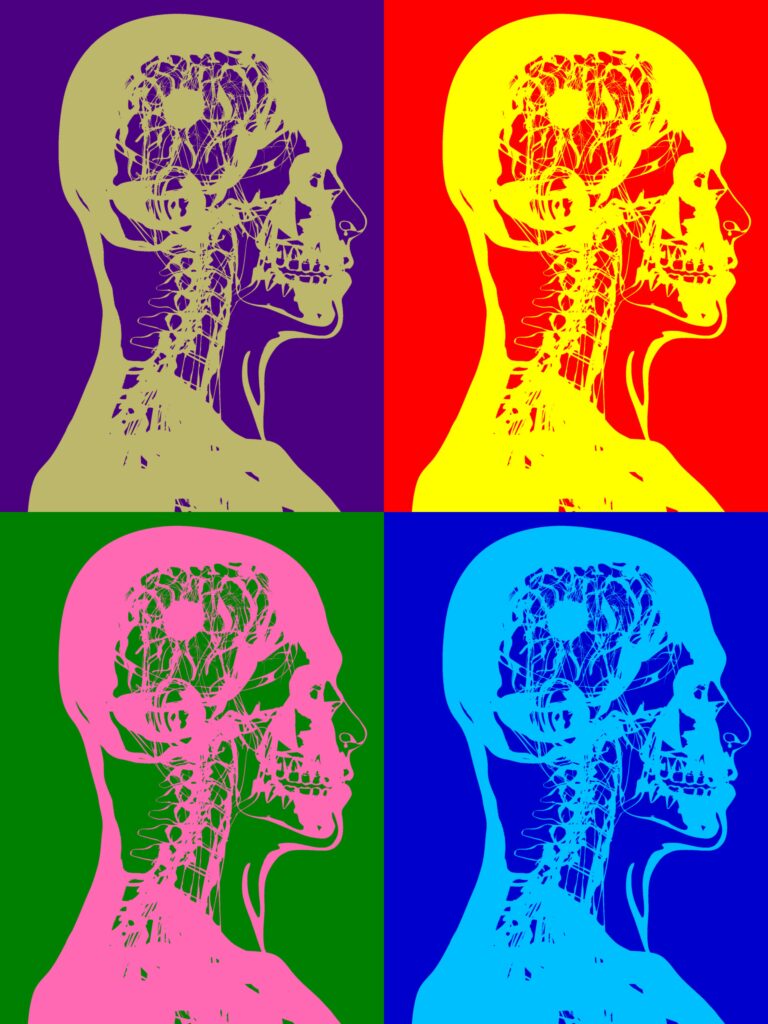[vc_row type=”in_container” full_screen_row_position=”middle” scene_position=”center” text_color=”dark” text_align=”left” top_padding=”30″ overlay_strength=”0.3″ shape_divider_position=”bottom”][vc_column column_padding=”no-extra-padding” column_padding_position=”all” background_color_opacity=”1″ background_hover_color_opacity=”1″ column_shadow=”none” column_border_radius=”none” width=”1/1″ tablet_text_alignment=”default” phone_text_alignment=”default” column_border_width=”none” column_border_style=”solid”][vc_column_text][nectar_dropcap color=”#3452ff”]A[/nectar_dropcap]s part of our ongoing clinical trials research, the MIT Collaborative gathered in Boston this week to meet with Dr. Gil Gonzalez, a top neuroradiologist at Massachusetts General Hospital. Listening to Dr. Gonzalez, I couldn’t stop thinking about how the best practitioners treat medicine as both science and art. He explained how statistical evidence is crucial for medicine, but how each patient is also different – and that’s where doctors can often make the most effective interventions.[/vc_column_text][/vc_column][/vc_row][vc_row type=”in_container” full_screen_row_position=”middle” scene_position=”center” text_color=”dark” text_align=”left” overlay_strength=”0.3″ shape_divider_position=”bottom”][vc_column column_padding=”no-extra-padding” column_padding_position=”all” background_color_opacity=”1″ background_hover_color_opacity=”1″ column_shadow=”none” column_border_radius=”none” width=”1/1″ tablet_text_alignment=”default” phone_text_alignment=”default” column_border_width=”none” column_border_style=”solid”][vc_column_text]To highlight his point, the doctor showed us a case study from a stroke patient. He described indicators that are seen in all stroke patients, but also noted what was specific to that specific patient’s stroke. The treatment he ultimately recommended was a wonderful blend of instinct and fact – something his artistic side saw as unique for that patient, but also something supported by ideas found in the latest academic papers.
Many doctors like Gonzalez rely on research while simultaneously drawing from experiences with their patients. To be effective, healthcare providers must do more than simply follow a protocol. Unfortunately the clinical trials system appears to have missed the memo. Our team has found the current system to be based purely on numbers, evidence, and facts – with the artistic side stripped from the equation.
[/vc_column_text][/vc_column][/vc_row][vc_row type=”in_container” full_screen_row_position=”middle” equal_height=”yes” content_placement=”top” scene_position=”center” text_color=”dark” text_align=”left” overlay_strength=”0.3″ shape_divider_position=”bottom” shape_type=””][vc_column column_padding=”no-extra-padding” column_padding_position=”all” background_color_opacity=”1″ background_hover_color_opacity=”1″ column_shadow=”none” column_border_radius=”none” width=”1/2″ tablet_text_alignment=”default” phone_text_alignment=”default” column_border_width=”none” column_border_style=”solid”][vc_column_text]One or two success stories, no matter how great, are never enough to get a drug through the clinical trials process. They are outliers. Today’s system instead relies on high enrollment numbers, rigid protocol instructions, and unlimited documentation.
It’s inconceivable that we would ask doctors to practice medicine using only aggregate data without focusing on the patient, but the clinical trials process does exactly that. Every participant in a clinical trial is turned into data, unidentified, and then aggregated into analysis using statistical methods. Maybe it’s time to bring the patient-centered practices that have proven so successful in medicine into our broken clinical trials system.[/vc_column_text][/vc_column][vc_column column_padding=”padding-1-percent” column_padding_position=”left-right” background_color_opacity=”1″ background_hover_color_opacity=”1″ column_shadow=”none” column_border_radius=”none” width=”1/2″ tablet_text_alignment=”default” phone_text_alignment=”default” column_border_width=”none” column_border_style=”solid”][image_with_animation image_url=”6734″ alignment=”center” animation=”Fade In” img_link_large=”yes” border_radius=”none” box_shadow=”small_depth” max_width=”100%”][/vc_column][/vc_row]
